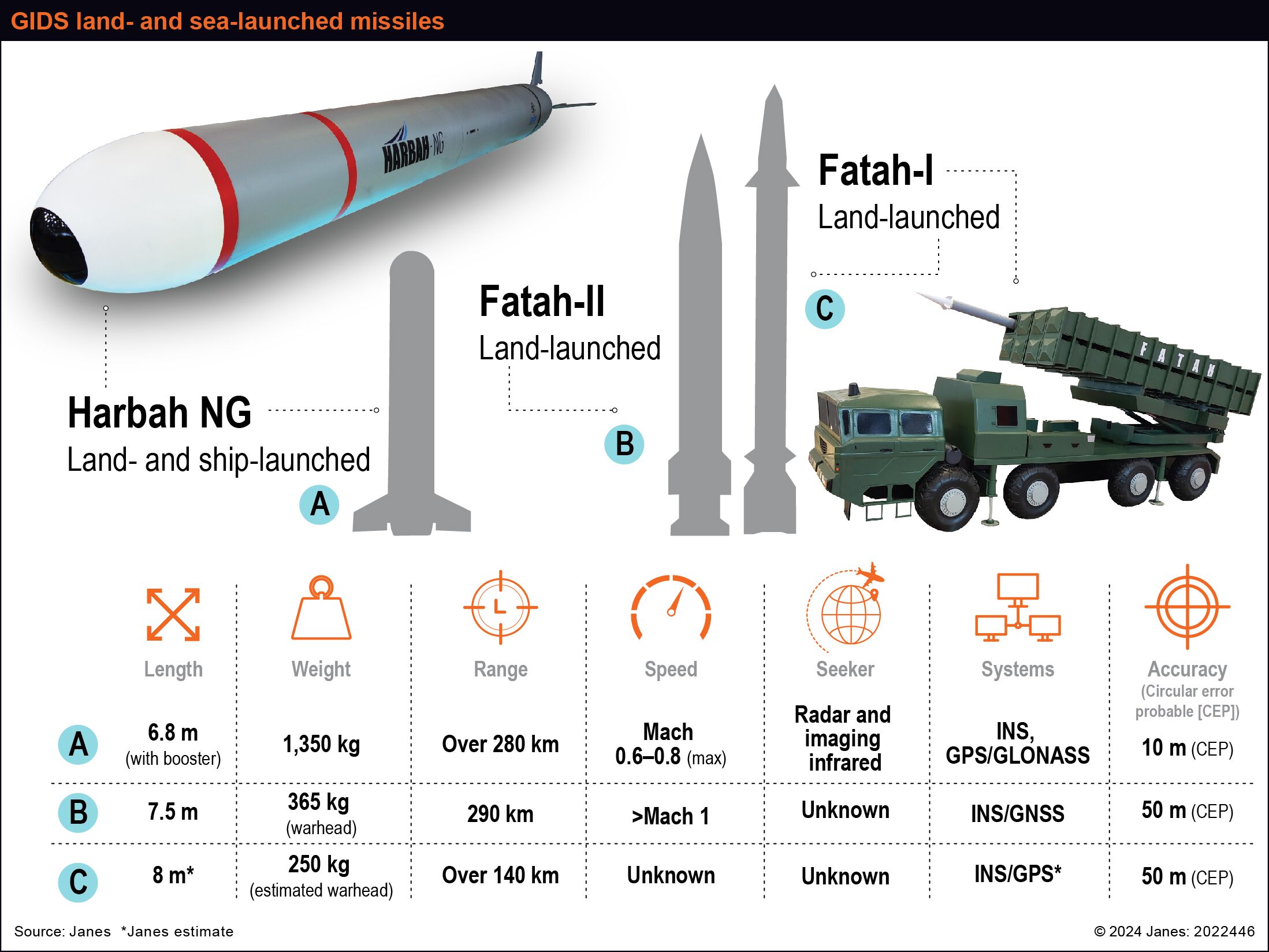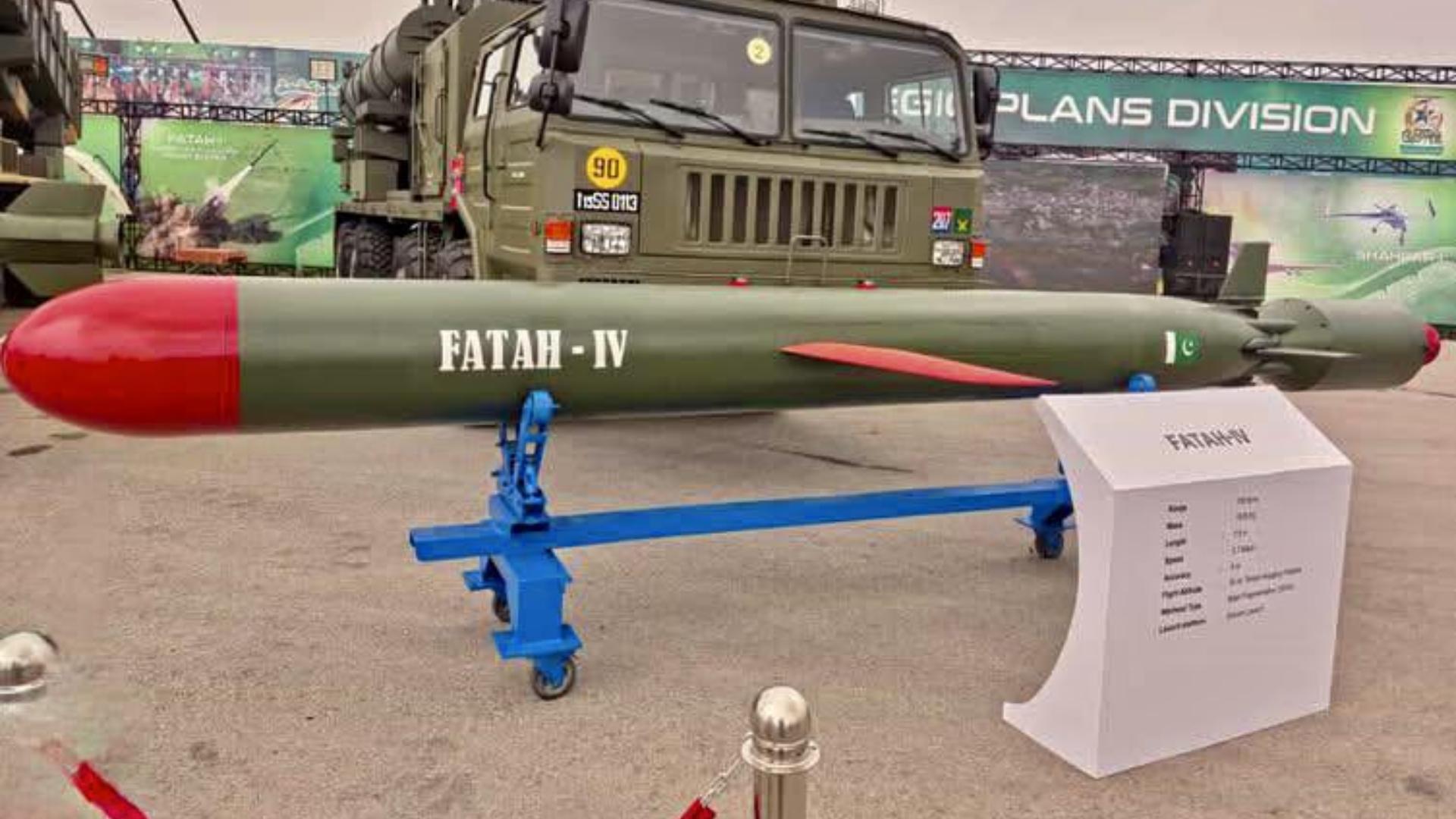(By Khalid Masood)
In the high-stakes theater of South Asian geopolitics, where deterrence and rapid response define national security, Pakistan’s Fatah series of missiles has emerged as a cornerstone of its conventional firepower. Developed entirely in-house by the Global Industrial and Defence Solutions (GIDS), a subsidiary of the state-owned Pakistan Aeronautical Complex, the Fatah family represents a leap in Pakistan’s self-reliance in missile technology. From short-range tactical strikes to long-haul cruise capabilities, these ground-launched systems blend advanced guidance with terrain-hugging flight profiles, making them elusive to enemy defences. Their combat debut in the tense India-Pakistan skirmishes of May 2025 underscored their battlefield efficacy, while the successful test of the Fatah-IV on September 30, 2025, signals an escalating arms race in the region.

Fatah (multiple rocket launcher) – Wikipedia
Origins and Evolution: Building a Domestic Arsenal
The Fatah series traces its roots to Pakistan’s broader push for indigenous defence manufacturing, accelerated in the early 2020s amid global supply chain disruptions and regional tensions. Unveiled progressively since 2021, the program draws inspiration from global multiple launch rocket systems (MLRS) but incorporates Pakistani innovations in avionics, propulsion, and navigation. The Inter-Services Public Relations (ISPR) has touted the series as a “game-changer” for tactical and operational flexibility, emphasizing its integration into the newly formed Army Rocket Force Command in August 2025.
Development was spearheaded by GIDS, leveraging expertise from Pakistan’s established ballistic missile programs like the Shaheen and Babur series. Early iterations focused on precision-guided rockets to counter India’s superior airpower and artillery, with an emphasis on low-observable flight paths to evade radar detection. By 2024, prototypes had undergone rigorous field trials, culminating in public displays at events like the World Defence Show in Riyadh. The series’ name, derived from the Arabic word for “victory,” reflects not just technical prowess but also national pride in overcoming technological sanctions.
The Variants: A Spectrum of Strike Capabilities
The Fatah lineup spans calibers from 300mm to larger cruise configurations, each tailored for specific operational needs. Here’s a breakdown:
| Variant | Range (km) | Speed | Guidance System | Warhead (kg) | Key Features | CEP (m) |
|---|---|---|---|---|---|---|
| Fatah-I | 140-290 | Mach 0.6-0.8 | INS/GPS/GLONASS, IR Seeker | 250-365 | Short-range tactical MLRS; mobile 8×8 launcher | 10-50 |
| Fatah-II | 400 | Mach >1 | INS/GNSS | ~500 | Extended-range rocket; anti-armor focus | 50 |
| Fatah-III | ~500 | Subsonic | Terrain Contour Matching | Variable | Transitional cruise variant; low-altitude flight | <10 |
| Fatah-IV | 750 | Subsonic | Advanced Avionics, GNSS | 330 (HE) | Ground-launched cruise; terrain-hugging evasion | <5 |
- Fatah-I: The entry-level workhorse, introduced in 2021, this guided MLRS fires salvos from truck-mounted launchers, ideal for suppressing enemy artillery and troop concentrations. Its infrared seeker enables all-weather precision, with a circular error probable (CEP) as low as 10 meters.
- Fatah-II: Debuting in 2023, this 600mm-class rocket extends reach to 400 kilometers, bridging tactical and operational gaps. Mounted on two-tube transporters, it’s optimized for high-mobility strikes against airbases and command nodes. Its hypersonic dash phase (>Mach 1) overwhelms short-range defences.
- Fatah-III: Less publicized, this variant refines cruise elements, incorporating terrain contour matching for standoff attacks. Details remain sparse, but it’s believed to serve as a technology demonstrator for the IV.
- Fatah-IV: The crown jewel, revealed in August 2025, this subsonic cruise missile flies nap-of-the-earth at altitudes under 50 meters, rendering it nearly invisible to ground radars. With a 330kg high-explosive warhead and pinpoint accuracy, it targets deep infrastructure like power grids or logistics hubs.
These systems are interoperable, allowing salvo fires from mixed batteries for saturation effects.

Pakistan Army inducts Fatah-II rocket launcher
Baptism by Fire: The May 2025 India-Pakistan Crisis
The Fatah series’ true mettle was tested during the “Four Days in May” crisis, a brief but intense border flare-up triggered by cross-border incursions along the Line of Control. On May 9, 2025, India reportedly launched ballistic missiles at Pakistani airbases, prompting Islamabad’s retaliatory barrage—the first operational use of conventionally armed Fatah missiles against India.
Pakistan deployed Fatah-I and Fatah-II variants to devastating effect, striking Indian missile depots in Pathankot and air facilities near the border. Security sources confirmed multiple hits, with the Fatah-II’s 400km reach enabling strikes from safe standoff distances. Eyewitness accounts and satellite imagery later revealed neutralized runways and storage sites, forcing India to halt escalatory actions. Pakistani officials hailed the missiles’ 90% hit rate, crediting their INS/GNSS guidance for evading Indian S-400 systems. The episode, de-escalated via U.S.-mediated talks, marked a paradigm shift: Pakistan’s precision arsenal had leveled the playing field, deterring deeper incursions without nuclear thresholds.
Critics, however, noted the risk of miscalculation, as the strikes blurred conventional-nuclear lines. Yet, for Islamabad, it validated years of investment, boosting domestic morale and export interest from Middle Eastern allies.
Milestone Achievement: Fatah-IV’s September 2025 Test
Fast-forward to today, September 30, 2025, and the Pakistan Army has elevated its capabilities further with the successful training launch of the Fatah-IV. Conducted under the watchful eyes of Chief of General Staff Lt. Gen. Ahmed Sharif Chaudhry and GIDS engineers, the missile covered its full 750km range, impacting a designated target with “extreme accuracy.” ISPR’s statement emphasized the system’s indigenous avionics, low-altitude evasion, and integration into the Rocket Force Command, which now oversees all strategic launchers.
This test, part of routine field exercises, follows a May 2025 drill of a shorter-range Fatah variant. Military leaders praised the “unwavering commitment” of the development team, while the government underscored its role in “credible minimum deterrence.” With a CEP under 5 meters, the Fatah-IV extends Pakistan’s strike envelope to cover much of northern India, including Delhi, from western launch sites.

Pakistan’s New Fatah-IV Missile Signals New Conventional Strike Strategy – Quwa
Strategic Ramifications and the Road Ahead
The Fatah series embodies Pakistan’s doctrinal evolution toward “full-spectrum deterrence,” blending short-range saturation with deep-strike precision. Post-May 2025, it has prompted India to accelerate its own programs, like the extended-range BrahMos, fueling a regional missile race. Analysts warn of heightened escalation risks, yet the systems’ conventional focus—barring nuclear payloads—offers breathing room for diplomacy.
Looking forward, exports loom large: GIDS has marketed variants to Turkey and Saudi Arabia, potentially funding further iterations like air-launched Fatah-V. As Pakistan’s defence industry matures, the Fatah legacy will likely define its asymmetric edge for decades.
In an era of hybrid threats, these “victory” rockets remind us that innovation often tips the scales of power.







